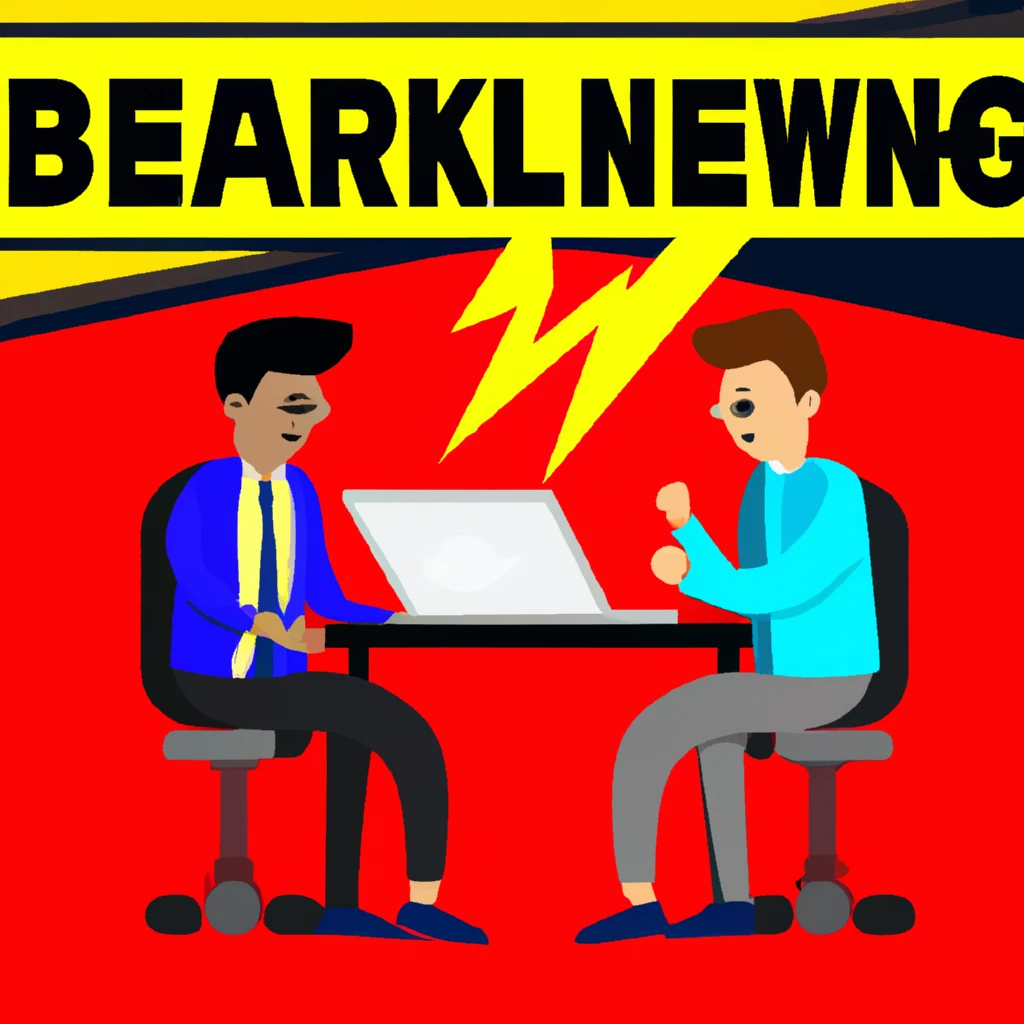Dun & Bradstreet (D&B): An Overview of Its Functions, Financial Backing, Historical Background, and Evaluation
What Is Dun & Bradstreet (D&B)?
Dun & Bradstreet, commonly referred to as D&B, is a renowned global provider of business intelligence solutions leveraging its vast database and cutting-edge analytics software. These comprehensive products play a pivotal role in enhancing business profitability, marketing strategies, and risk management practices for clients worldwide.
Central to Dun & Bradstreet’s suite of enterprise software is its proprietary DUNSRight® Quality Process analytics tool. A key feature of the company is its Data Universal Numbering System (DUNS numbers), where each client is assigned a unique identifier to streamline data management across its extensive global network.
Established through the merger of R.G. Dun & Co. and Bradstreet Co. in the 1930s, Dun & Bradstreet has undergone significant growth and development, with notable funding rounds totaling $375 million. The company’s core segments encompass information services and internet software and services, reflecting its commitment to innovation and market leadership.
Key Takeaways
- D&B offers essential business intelligence and analytics tools catering to diverse client needs.
- In 2020, Dun & Bradstreet reported revenues of approximately $1.7 billion.
- D&B’s innovative data and analytics solutions are tailored to address small business requirements, sales and marketing objectives, and credit and risk assessment concerns.
Understanding Dun & Bradstreet (D&B)
With a rich history spanning over 180 years, Dun & Bradstreet remains a key player in supporting businesses across various domains including sales, finance, compliance, procurement, and marketing. The introduction of DUNS numbers revolutionized data exchange by providing a unique identification system for companies. In addition, the company’s Data Cloud grants access to vital company information such as credit scores, regulatory filings, and ownership details, further enhancing its value proposition.
In 2020, D&B’s stock returned to the New York Stock Exchange (NYSE) under the ticker DNB after being privatized in 2019.
The History of Dun & Bradstreet
Dun & Bradstreet’s origins can be traced back to 1841 when Lewis Tappan founded the Mercantile Agency in New York City. The company underwent various transformations, ultimately becoming R.G. Dun & Co. in 1859 under Robert Graham Dun’s ownership. Concurrently, Bradstreet Co., established by John Bradstreet in 1849, pioneered commercial ratings and relocated to New York in 1855.
The merger between R.G. Dun & Co. and Bradstreet Co. in 1931 solidified the company’s foundation, leading to the establishment of Dun & Bradstreet Inc. in 1939. Over the years, the company has undergone several acquisitions and divestitures, including the recent acquisition of Bisnode in January 2021, reinforcing its strategic growth initiatives.
Data Universal Numbering System
Introduced in 1963, the data universal numbering system originally featured a seven-digit classification code for companies. The subsequent evolution led to the adoption of the current nine-digit DUNS system, uniquely identifying each business location within the D&B database.
The DUNS system plays a crucial role in business identification, with each digit serving a specific function to distinguish individual entities. The random assignment of these numbers enhances data accuracy and efficiency.
D&B Rating
D&B Rating serves as a comprehensive credit assessment tool, comprising Common Credit Appraisal and Rating Classification components. By evaluating key metrics such as payment histories and financial statements, this rating system offers valuable insights into a company’s creditworthiness and financial health.





